After almost two decades of JRPGs that couldn’t live up to the legacy of Tales of Symphonia, Tales of Arise has rekindled the series flame.
The tale series is known for its stories, and Tales of Arise hits the marked position.
The painted almost watercolor look makes Arise stand out from previous entries, and the art direction makes everything understandable easily. The world is massive, too and just exploring all of its regions takes around 50+ hours.
However, running this game takes a toll on your hardware. Tales of Arise doesn’t have many options to fine-tune, so I will give you a precise point change in-game settings to get the maximum FPS.
Grab your gear, and let’s tweak some settings.
Required Hardware for Tales of Arise
Tales of Arise feels like a brand new game with a wonderful story and excellent combat while making the food use of the ideas that make the series go for this long. But without having proper hardware, you won’t be able to enjoy the game properly.
Here are the hardware requirements for Tales of Arise:
| Minimum Hardware | Recommended Hardware |
|---|---|
| Operating System: Windows 10 (64-bit Only) | Operating System: 64-bit Windows 7/8.1/10 |
| Processor: Intel Core i5-2300 or AMD Ryzen 3 1200 | Processor: Intel Core i5-4590 or AMD FX-8350 |
| Memory: 8 GB RAM | Memory: 8 GB RAM |
| Hard drive: 45 GB | Hard drive: 45 GB |
| Direct X: Version 11 | Direct X: Version 11 |
| Video card: GeForce GTX 760 or Radeon HD 7950 | Video card: GeForce GTX 970 or Radeon R9 390 |
You need to ensure standing between the recommended and minimum system specs to play Tales of Arise. No matter how much you try adjusting the settings, stuttering won’t go away without a proper PC.
Check out our epic guide if you don’t know Can VR Games Be Played Without VR Headset.
General PC settings of Tales of Arise
After fulfilling the hardware requirements, give an eye to the below general PC options. These settings boost the overall gaming performance and increase your FPS. Also, tweaking these settings makes your game high-priority while allocating the RAM, CPU, and GPU.
Here are the General PC settings to remove lag in Tales of Arise:
Game Mode
Game Mode is a feature that gives games priority over other PC tasks. When you enable the game mode from your PC, your games become smoother. Because PC AI allocates most of the CPU, RAM, and GPU memory toward your game.
Here are the steps to turn on game mode:
- Navigate to Search.
- Type Game Mode > click it from the result.
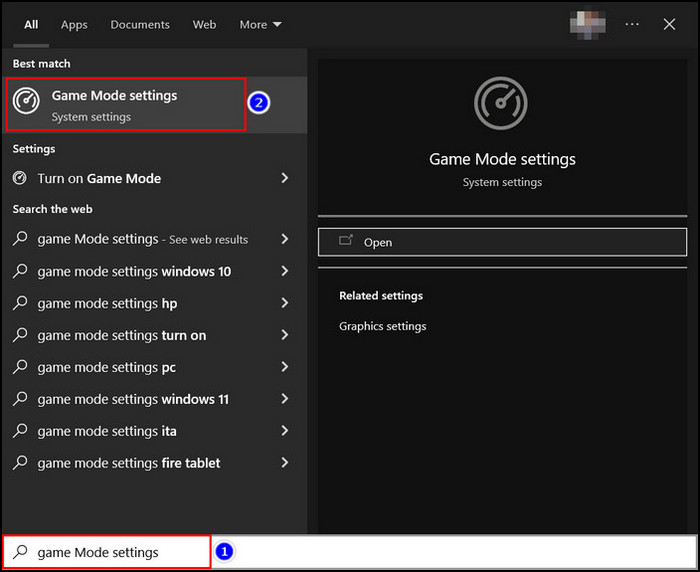
- Switch on the Game mode.
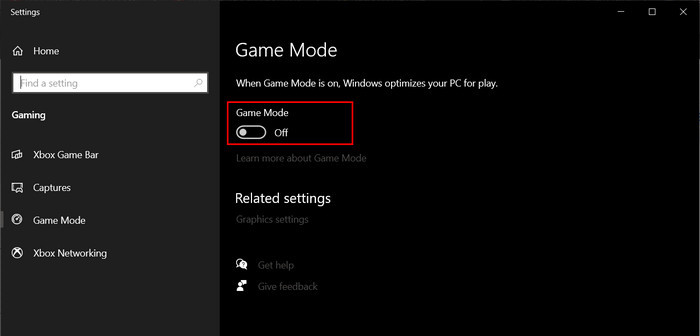
Executing these steps will turn on the game mode and order your PC to prioritize the gaming software.
Here’s a complete guide on how to Sell a Gaming PC.
Xbox Game Bar
Xbox Game Bar is a built-in software to capture videos and screenshots. It consumes unnecessary RAM and processor threads. So mid-range gamers like myself always turn off this application.
Here are the steps to disable Xbox Game Bar:
- Press Search icon.
- Write Xbox Game Bar in the bar.
- Right-click the app, then select APP Settings.
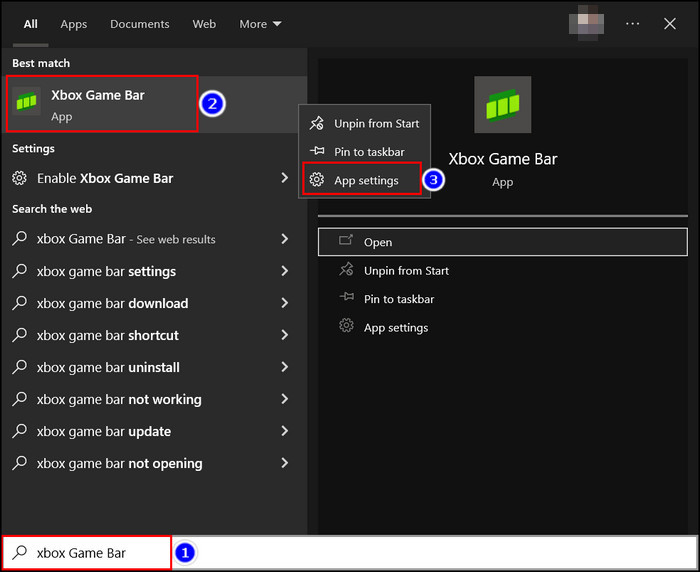
- Click Terminate.
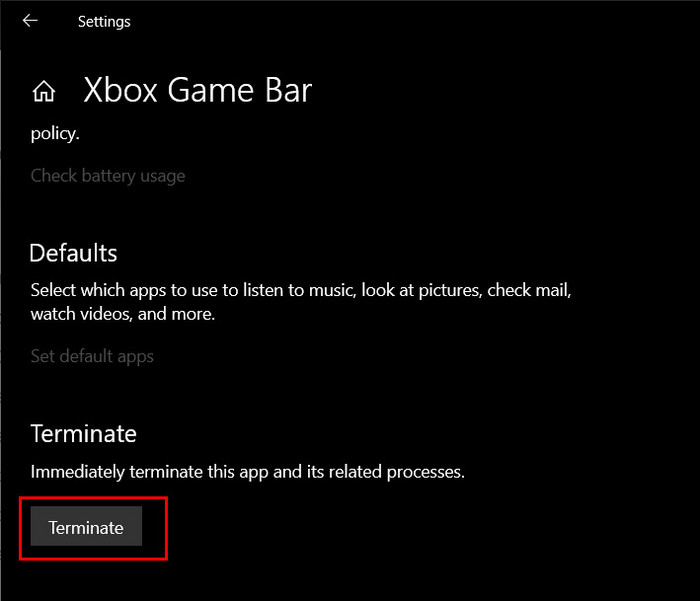
However, if you have 32GB+ RAM, you don’t need to terminate the Xbox Game Bar.
Power Option
The power option restricts the hardware to its full potential to save power. Gaming Laptops are affected mainly by the balanced option or power-saving option.
You must set the power option to high performance to get the most out of your hardware.
Here are the steps to tweak the settings in the power option:
- Navigate to Power & Sleep settings.
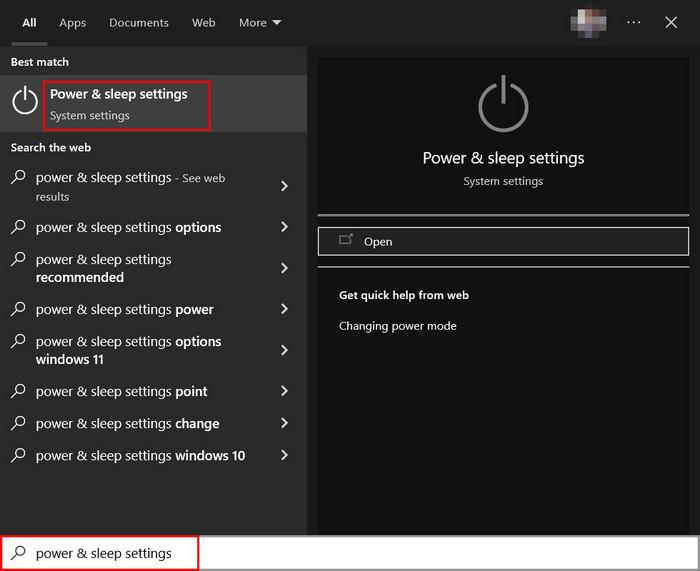
- Select Additional power settings.
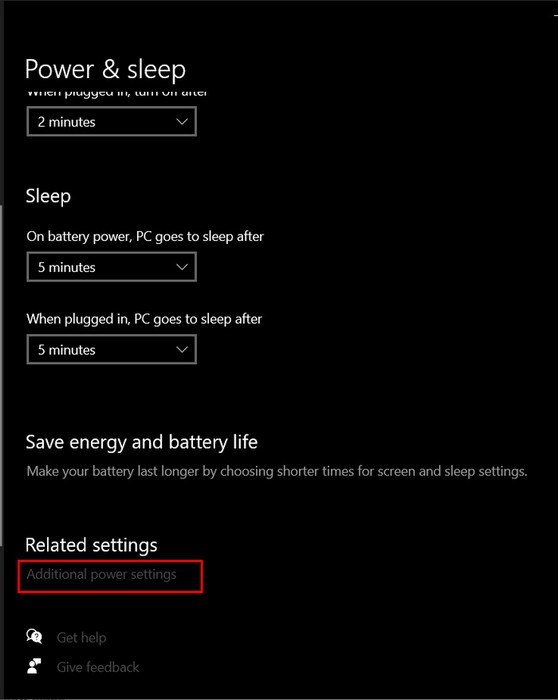
- Round marks High Performance.
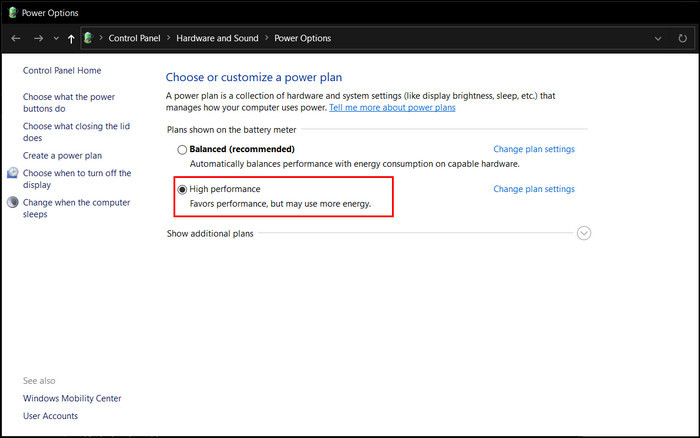
The performance mode will run your PC at full speed, and you will get a steady FPS with less lag.
Follow our guide to know How Much Energy Does a Gaming PC Use.
In-Game Settings of Tales of Arise
Here I will discuss altering the in-game settings to ensure max FPS without sacrificing the graphics. Tweaking these settings will release some pressure from your hardware so that you can enjoy the game without lag and stuttering.
Here are the best graphics settings for Tales of Arise:
In-Game Settings of Tales of Arise
| Settings | Options |
|---|---|
| Screen Mode | Fullscreen |
| Resolution | Native |
| Vertical Sync | Off |
| Framerate Limit | Same as monitor Hz |
| Menu Texture Quality | High |
| Bloom And Glow | Off |
| Motion Blur | Off |
| Resolution Scale | 100 |
| Antialiasing | Off |
| Shadow Quality | Middle |
| Screen Space Reflection | Off |
| Anisotropic Filtering | Middle to High |
| Ambient Occlusion | Off |
| Volumetric Lighting | Off |
| Screen Space Shadow | Off |
| Global Illumination | Off |
| Depth of Field | Off |
Here are the reasons for changing these settings in Tales of Arise:
1. Screen Mode & Resolution
I really recommend you to use fullscreen mode in this game. Compared to borderless, Windowed, and fullscreen modes, I got more stuttering and lag in the first two modes.
For resolution, I recommend you use your native resolution. If you use 2k, go with 2K in Tales of Arise. Don’t downgrade the resolution because the game will look blurry in lower settings.
Here’s a complete guide on 4ms Response Time: Is It Good for gaming.
2. Vertical Sync
The Vertical Sync impacts the FPS and in-put lag in any game. So you need to keep the settings off.
When you are playing the game on a laptop, or a PC with a budget cooling system, definitely lock your FPS. The amount of locked FPS needs to be the same as your monitor’s refresh rate. Like, for a 60Hz monitor, lock your FPS to 60.
You can set Menu Texture Quality to high on a mid-range gaming PC. Because 3GB graphics is enough for high texture quality in Tales of Arise.
4. Bloom And Glow and Motion Blur
Bloom And Glow have a 2% impact on frame rate. So, to get that extra FPS set the Bloom And Glow off.
Motion blur has about the same impact on FPS. So keep that off as well.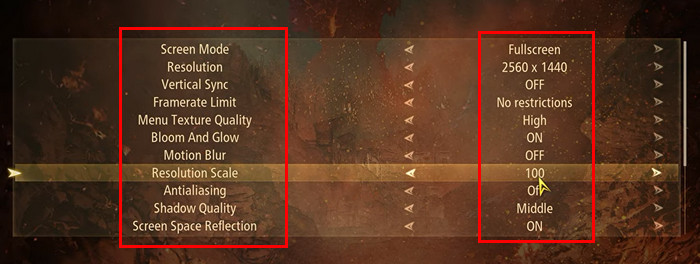
5. Resolution Scale
Keep the scale between 100% and 150% depending on your video memory. But having more than 4GB of GPU, you can play the game at 100% with a decent Frame rate.
6. Antialiasing and Shadow Quality
By disabling Antialiasing, you will get a 6% to 7% FPS boost in the game. That’s why I recommend turning off the Antialiasing.
Downgrading your shadow quality from high to medium gives you a 3-4% game boost. This is why I advised keeping the shadow in the medium.
7. Anisotropic Filtering
You can set Anisotropic Filtering high when you have more than 4GB VRAM. Otherwise, select it to Middle.
8. Ambient Occlusion, Volumetric Lighting, and Screen Space Shadow
By turning off Ambient Occlusion, Volumetric Lighting, and Screen Space Shadow, you will get an excellent 9% to 10% more FPS depending on your system. It has a huge impact on the frame rate. For this reason, turn them off.
9. Depth of Field
Depth of Field is more like motion blur. It eats your game frame rate like a hungry panda. This is why you need to keep the Depth of Field off.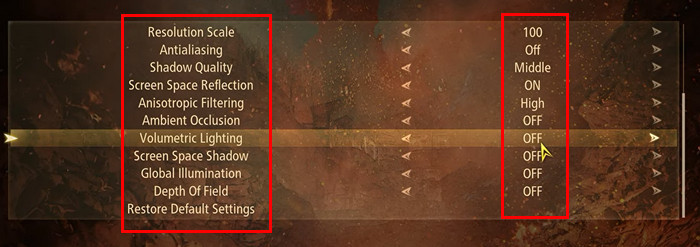
So, the superfetch service is using a lot of CPU? Check out how to disable SuperFetch on Windows 11.
Conclusion
Long story short, Tales of Arise is now the poster boy of the Tales series. It’s a fun, simple, and interesting game with great graphics. As a result, you need to tweak the game settings for mid and low-rage hardware.
Among the settings I’ve tasted for Tales of Arise, this very setting is the most effective. Apply these settings, and you will get max FPS with balanced graphical quality. Let me know the result in the comment section.
For everything else, stick with 10 scoops.





Wow! Thanks for the help guys, I appreciate it so much
Hello amara, I am glad, you liked our post. Do bookmark us for future posts regarding “Tales of arise”. Also, you can check our Genshin impact posts as well.